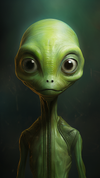Exploring the Legacy of "Forbidden Planet" – Shakespeare in Space
"Forbidden Planet" (1956) directed by Fred M. Wilcox offers a nostalgic journey into science fiction, exploring ambition and technology. Rating: 7.5/10.
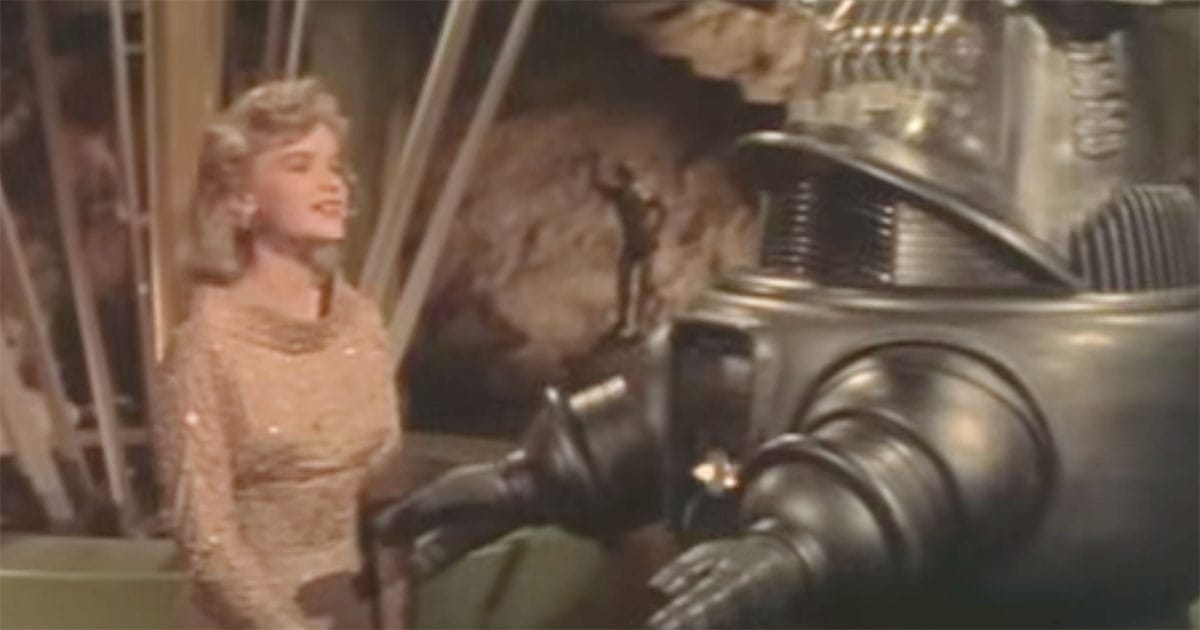
Released in 1956 and directed by Fred M. Wilcox, “Forbidden Planet” emerged at a time when science fiction was still finding its mature voice on the silver screen.
Cyril Hume’s screenplay drew on an old Shakespearean tale, but transformed it with futuristic settings and speculative machinery. Walter Pidgeon’s Dr. Edward Morbius, Anne Francis’s Altaira, and Leslie Nielsen’s Commander John J. Adams inhabit a narrative that places the human mind against forces far beyond its control.
Its special effects were ahead of their time, and the electronic score by Bebe and Louis Barron was unlike anything audiences had heard before. Robby the Robot, meticulously designed and full of personality, became a figure as memorable as the story itself. Beneath the spectacle lies a reminder that technology magnifies both our strengths and our flaws. The wonders of Altair IV conceal a truth that is as unsettling as it is inevitable.
| Attribute | Details |
|---|---|
| Title | Forbidden Planet |
| Director | Fred M. Wilcox |
| Writer | Cyril Hume, Irving Block, Allen Adler |
| Actors or actresses | Walter Pidgeon, Anne Francis, Leslie Nielsen |
| Rated | G |
| Runtime | 98 min |
| Box Office | N/A |
| U.S. Release Date | 13 Jun 1958 |
| Quality Score | 7.5/10 |
Synopsis
Commander John J. Adams pilots his ship to Altair IV in response to a mysterious distress call. There, he finds Dr. Edward Morbius, a man living in the shadow of an extinct civilization whose power once rivaled the imagination of any human mind. Morbius’s home is filled with wonders of the Krell, a people whose disappearance left behind more questions than answers.
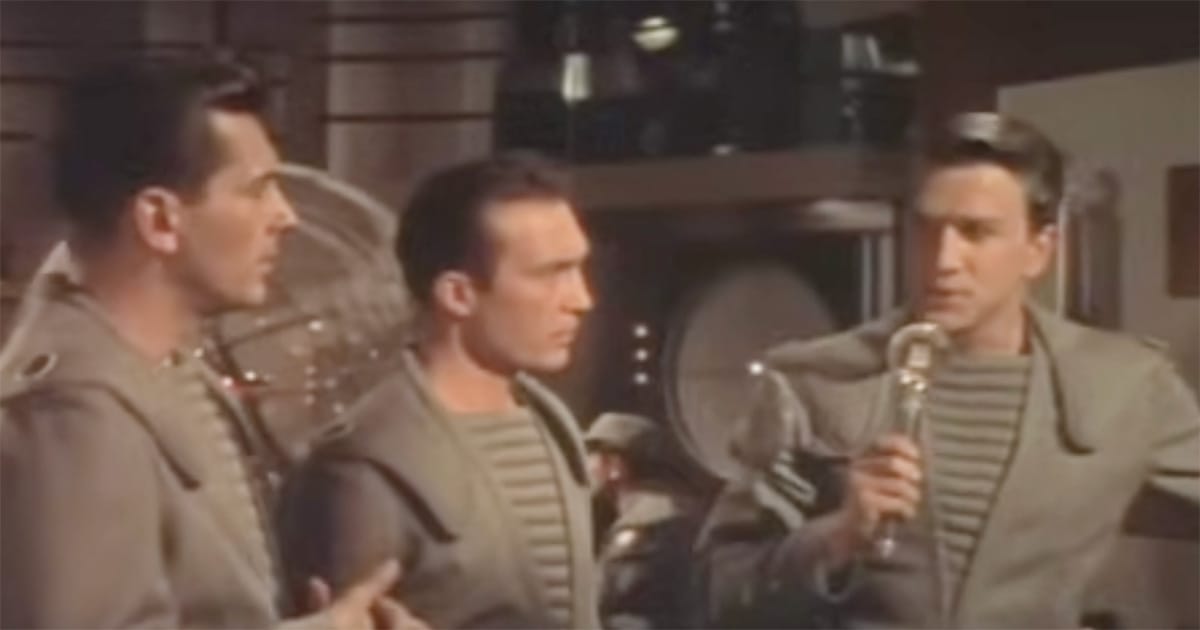
The Krell machines hum beneath the planet’s surface, drawing on energies no Earth engineer has mastered. Morbius has made their study his life’s work, certain that their secrets can shield his daughter Altaira from the harshness of the universe. Yet the arrival of the crew stirs something unseen, an intelligence that attacks with the fury of a primal beast. It is born of thought, yet it kills with the certainty of steel.
Adams begins to suspect that Morbius’s reach into the Krell legacy may have gone further than wisdom would allow. The fate of the Krell seems not a mystery but a warning, written in the wreckage they left behind. In the corridors of that alien machinery lies the truth that the greatest danger to man may be the very powers he most covets. On Altair IV, the line between progress and ruin is as thin as a passing shadow.
Themes
“Forbidden Planet” presents a layered meditation on human ambition, the lure of technology, and the moral weight that comes with discovery. These ideas are woven through its dazzling imagery, unorthodox soundscape, and a story that invites both fascination and unease.
Altair IV appears in a spectrum of colors and forms unfamiliar to Earth—towering flora, vast skies, and landscapes that suggest both beauty and menace.
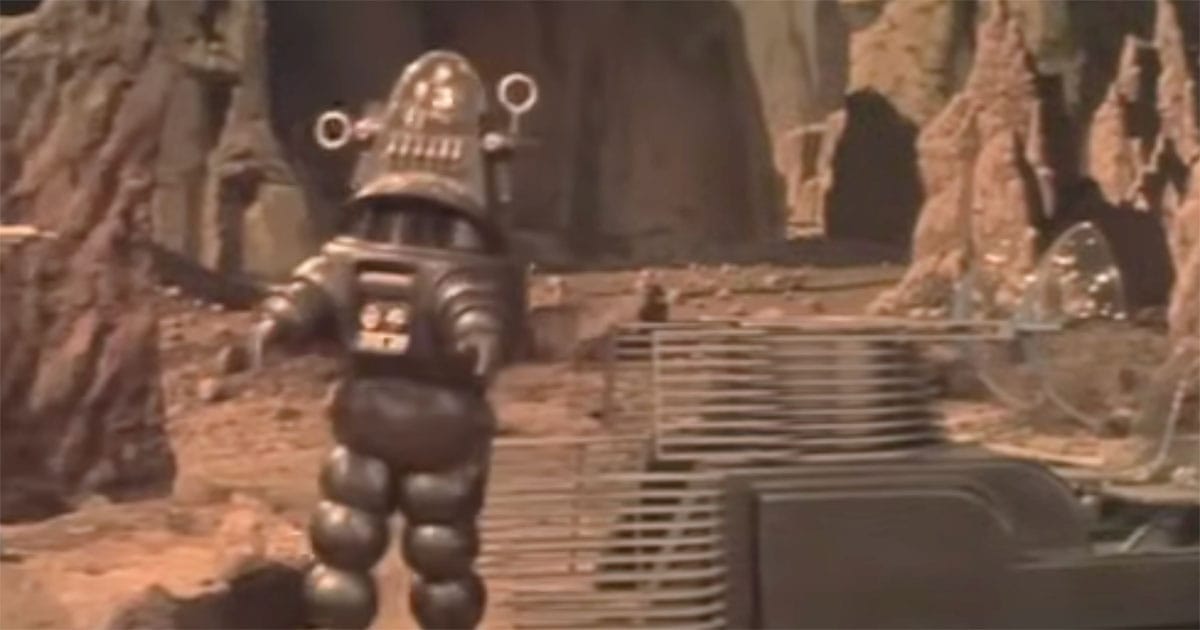
Beneath the surface lies the Krell’s underground labyrinth, a network of machinery and architecture that dwarfs human scale. Its silent halls speak of a people whose intellect surpassed imagination, yet whose brilliance could not save them from their own undoing. The sets give the illusion of a living museum, filled with relics of triumph and warnings of disaster.
Sound becomes a language of its own. The entirely electronic score by Bebe and Louis Barron pulses and hums in patterns no orchestra could match. It lends an otherworldly tension, underscoring moments of dread and wonder alike. This absence of familiar melodies deepens the sensation that the viewer is far from home, in a place where even music has taken an alien form.
At the heart of the story lies the question of how far man should go in the search for knowledge. Dr. Morbius embodies the mind unbound by ordinary limits, yet tethered by no moral restraint.
In seeking the Krell’s secrets, he unleashes forces that spring not from the machines themselves, but from his own subconscious will. The more he gains in understanding, the more he risks losing control, echoing the truth that invention without wisdom can lead to ruin.
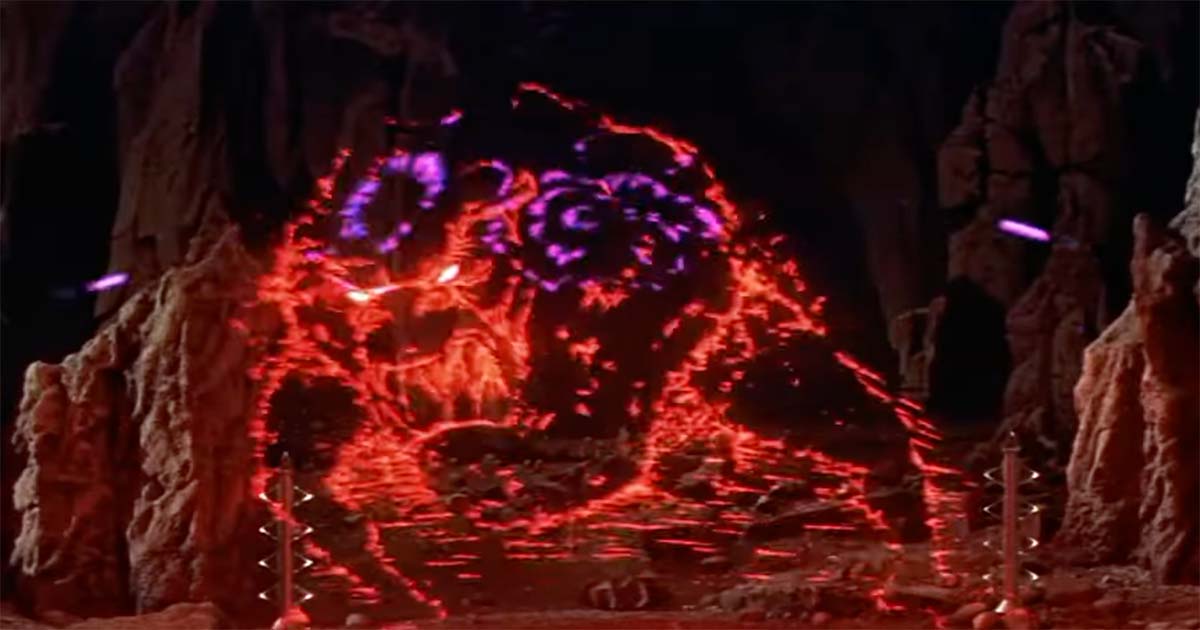
The Krell stand as his mirror image. Their mastery of science was without equal, yet their downfall came from within, as if their greatest enemy was always themselves. The warning is plain—power, untempered by humility, will consume those who wield it. It is a warning that grows louder in an age when machines begin to think and act without us.
Threaded through these larger ideas is a more intimate one. The struggle between protection and freedom. Morbius guards his daughter, Altaira, from the wider universe with a love that borders on possession.
Adams’s arrival offers her a glimpse of life beyond her father’s reach, and in that shift, conflict becomes inevitable. Her liberation comes at a cost, reminding us that even love, when too tightly held, can be as destructive as any machine.
In the end, “Forbidden Planet” leaves the mind turning over its ideas long after the final scene fades. Its sights and sounds remain vivid, but it is the questions it asks that give it lasting weight. On Altair IV, progress and peril are two sides of the same coin—and it is left to the viewer to decide which way it will fall.
Who Will Enjoy Forbidden Planet
“Forbidden Planet” reaches beyond the usual orbit of science fiction, drawing in those who value both spectacle and thought. It offers an adventure shaped by questions of the mind, where the action serves a deeper inquiry into the human condition.
Viewers who admire the craft of mid-century cinema will find its effects and visual design not only impressive for their time, but still arresting in their precision and imagination. The film’s balance of wonder and caution makes it as engaging to the philosopher as to the dreamer.
For anyone curious about the ongoing conversation between mankind and its machines, this is a story that rewards attention. Students of film will see in it the birth of ideas that later works would expand upon, from sound design that speaks its own language to visuals that define whole eras of science fiction.
Its questions about responsibility and ambition remain as urgent in an age of artificial intelligence as they were in the shadow of the atomic age.
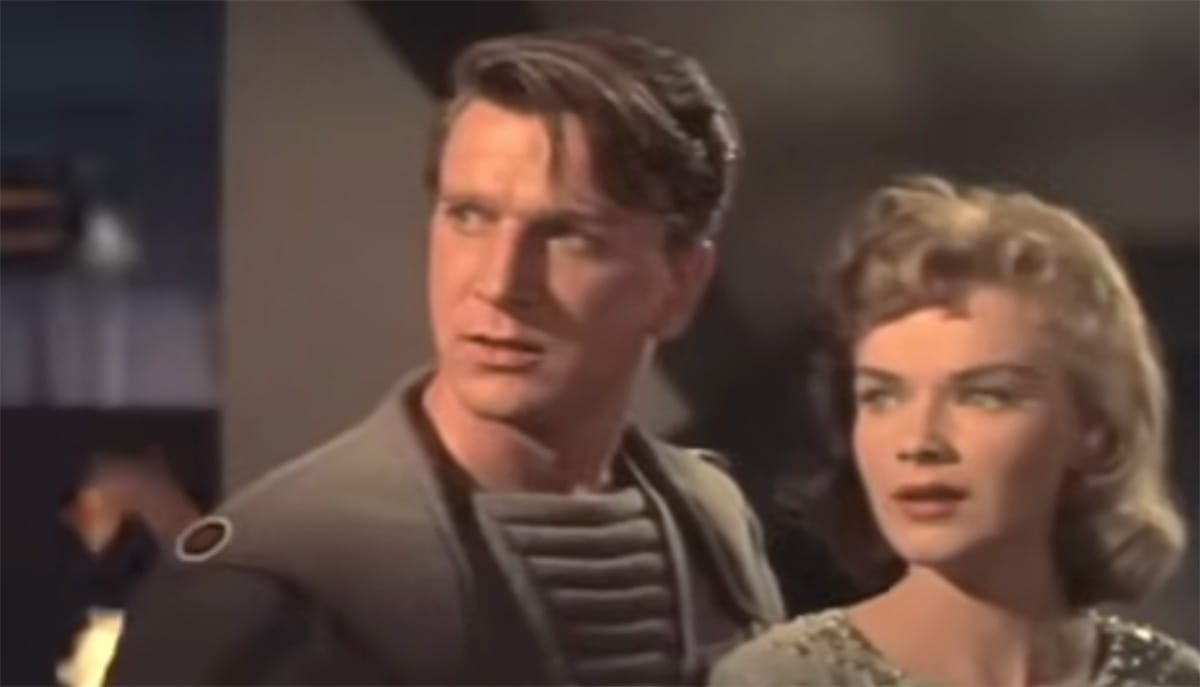
It pairs well with other milestones of the genre—works like “2001: A Space Odyssey” or “The Day the Earth Stood Still,” each offering a different angle on humanity’s reach into the cosmos. Together, they form a dialogue across decades about invention, morality, and the place of man in the universe.
Those drawn to the enduring stories of literature will find familiar currents beneath its futuristic surface. The echoes of “The Tempest” give the tale a timeless quality, linking the voyages of spaceships to the shipwrecks of Shakespeare’s world. In both, the human heart remains the same, and it is that constancy which makes the film worth returning to.

